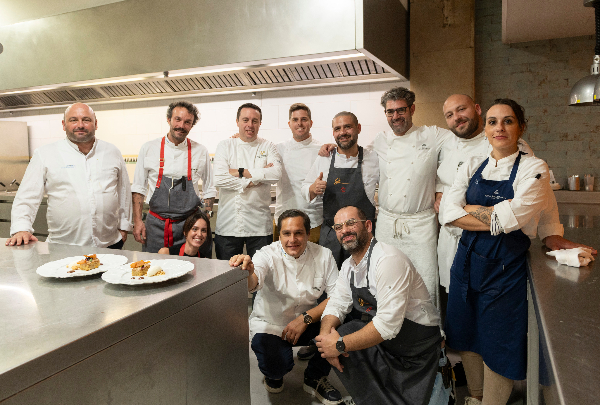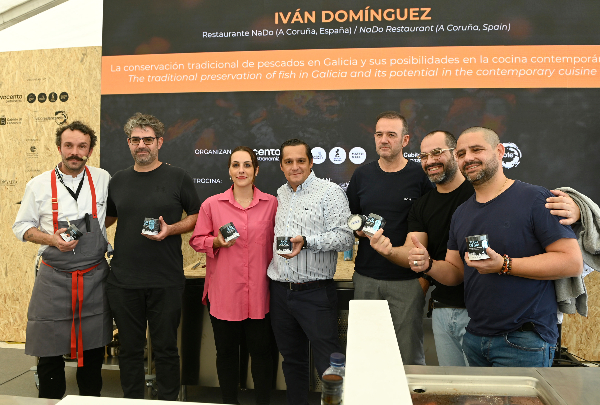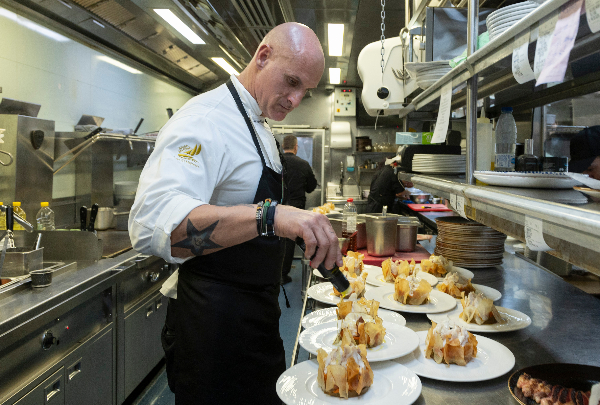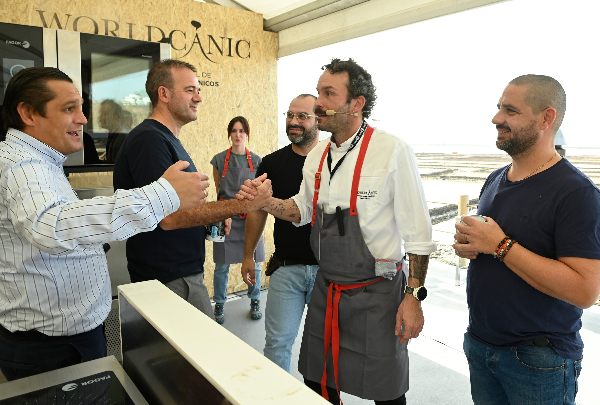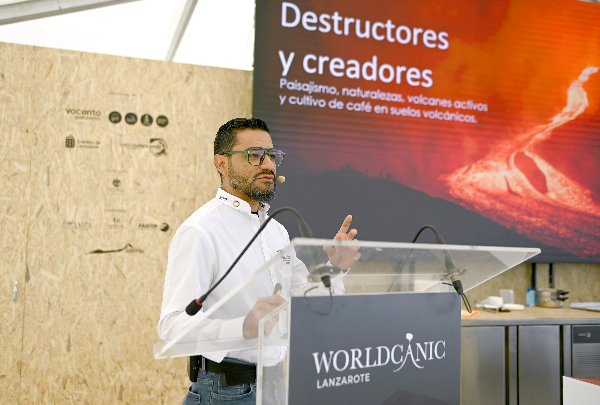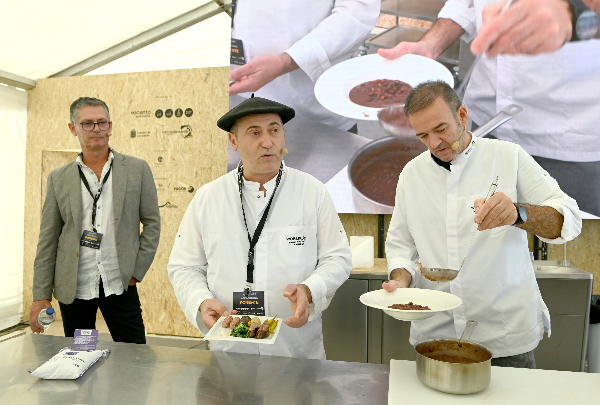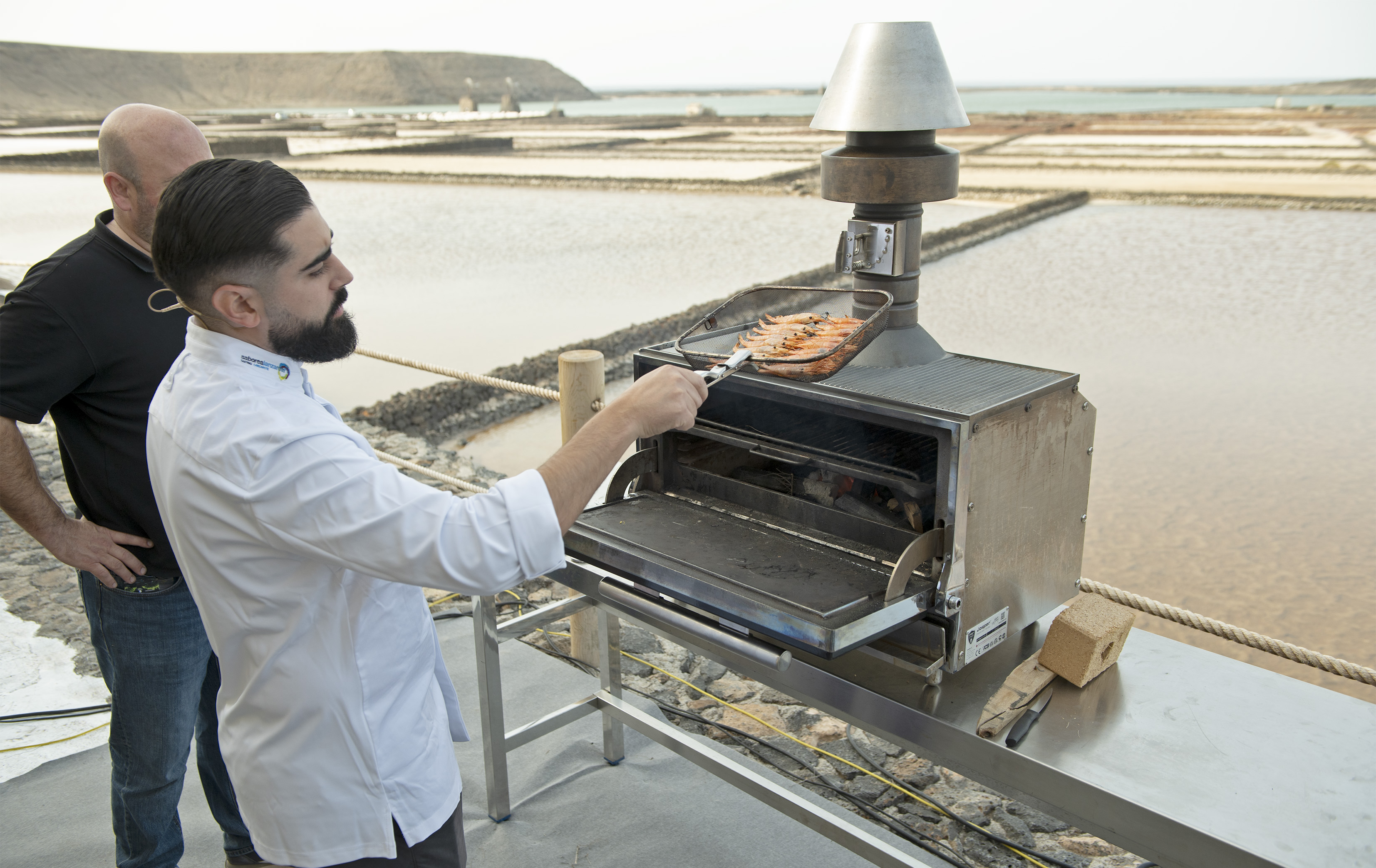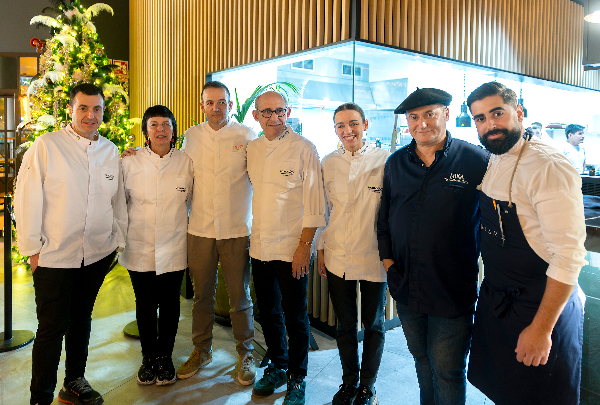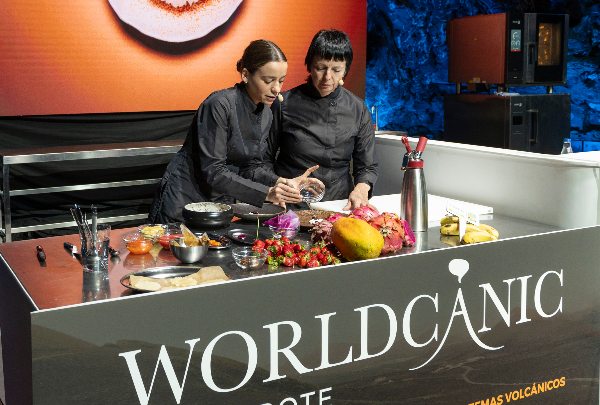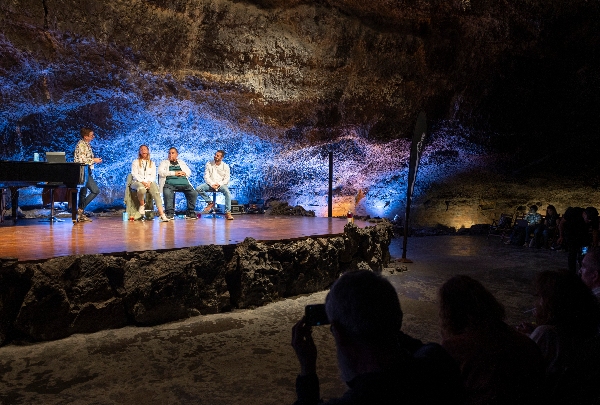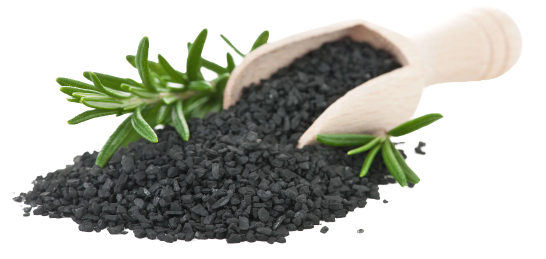News
The Rift, volcanic zone and cradle of humanity
.jpg)
The richness of the Rift Valley, driven by its great geological activity, makes it, according to the geologist Enku Mulugeta Abraham, "a unique area on Earth".
It is not for nothing that the cradle of mankind lies in the Great Rift Valley, a great geological rift that crosses East Africa from Syria to Mozambique, riddled with volcanoes and which, millions of years ago, brought together the biological diversity that favoured the development of mankind.
"First, there were cracks on either side of the continental plate, leading to a rift and the descent of a depression. On the edges of this depression, volcanoes appeared and their basaltic flows created large valleys," explains the researcher. These conditions favoured the accumulation of water and the appearance of a great biodiversity that allowed human life to evolve. And it is precisely in Ethiopia, in the Afar Depression, that the greatest combination of these characteristics occurs, so it is not surprising that "we find sites and samples of human presence in this 4.4 million year old area". Including our famous ancestor Lucy.
And if our ancestors flourished in this area, it was not by chance. Although Afar is home to the Danakil Desert - a hell of heat, drought and volcanism, home to the Erta Ale volcano, one of only six volcanoes in the world with an active lava lake - as the basalt from the volcanic eruptions turned to sediment, volcanic minerals were released and washed away by the rivers, turning their banks into fertile areas.
As a result, the Rift Zone "is one of the most fertile regions in Ethiopia and is home to a wide variety of agricultural crops. The soil is rich in nutrients and the climate is ideal for a wide variety of crops," explains Mulugeta. As one of Ethiopia's most important agricultural regions, the Rift Valley is home to "crops such as coffee, tea, wheat, maize and sorghum. It is also home to many fruit trees such as mangoes, bananas and oranges.
You can also find enset or 'false banana', a close relative of the banana, but only eaten in one part of Ethiopia. "The banana-like fruit of the plant is inedible, but the starchy stems and roots can be fermented and used to make porridge and bread. So it is a staple food in Ethiopia, where about 20 million people depend on it for food," the scientist said. Its cultivation is currently confined to one area, but several studies suggest that it could be extended to other areas, which is important given that "this crop could feed more than 100 million people and improve food security in Ethiopia and other African countries such as Kenya, Uganda and Rwanda".

